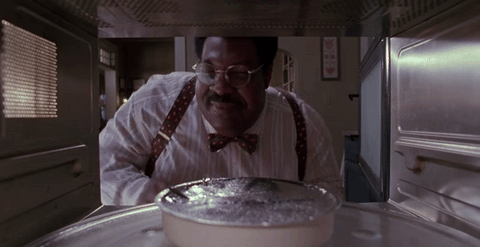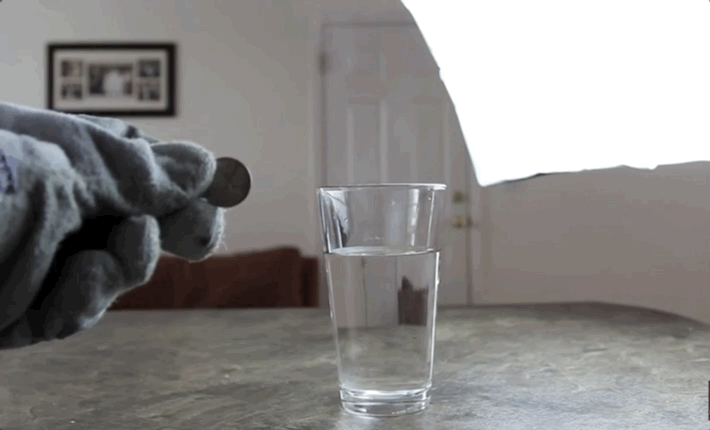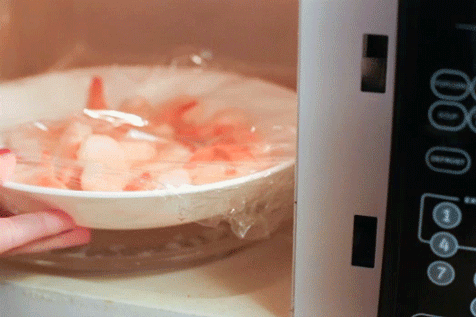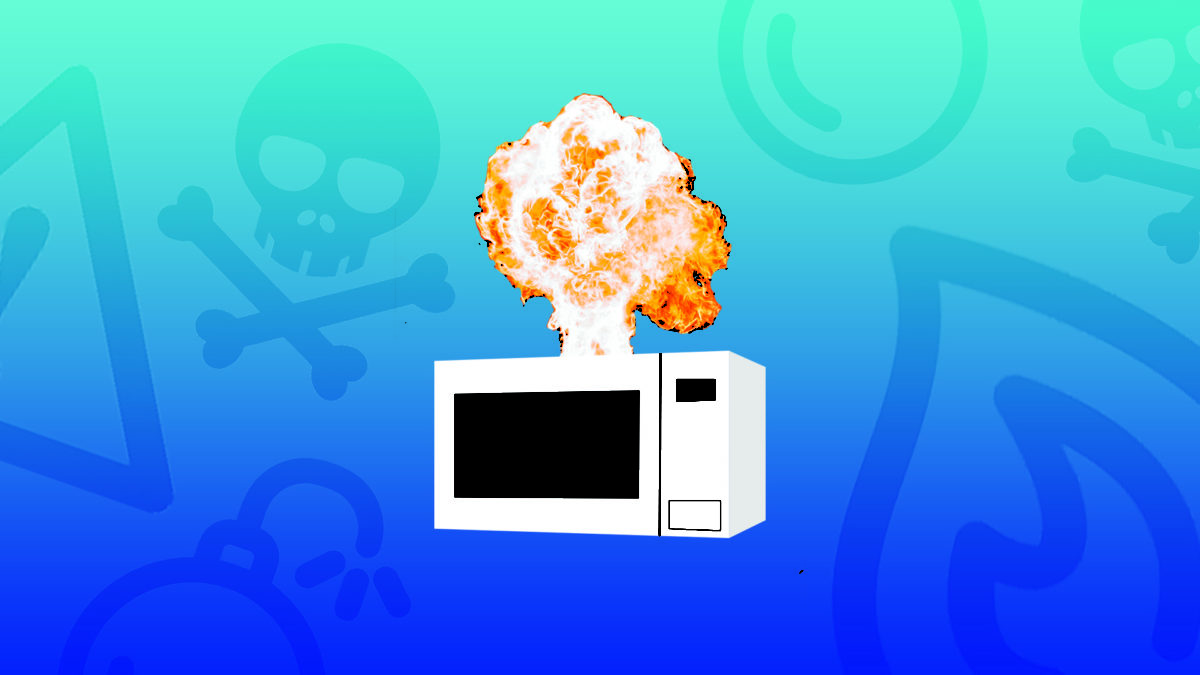The microwave – a mysterious box that rotates your food and hits you up with that signature ‘ding’. You probably grew up with it. But what is it really? Is its radiation slowly giving you mutant powers? Why does it sometimes explode?
Through electromagnetic radiation, microwaves vibrate the water molecules in food, cooking it. This is why food with high water and fat content cook quickly. However, this also causes food to become dry after the microwave process.
Contrary to our grandmothers’ beliefs, the microwave isn’t slowly turning you into a mutant. In fact, microwaves fall within the definition of a radio wave (3,000 to 30,000 MHz) so your insides are safe.
The most important rule: No metallic objects.
Never ever, ever put anything metallic in the microwave or any crockery with a metal trim. No aluminum foil. Metal reflects the microwaves and causes a spark that leads to a fire.
It is always best to use dishes (especially for plastic containers and Tupperware) that are labeled “microwave-safe”, but glass and ceramic are usually safe to microwave, even if they are not labeled.
The “microwave-safe” label usually looks like this:

The uses of the microwave oven
The most common uses of the microwave oven are:
- Cooking frozen meals (good old 7-11 memories)
- Reheating your meals
- Defrosting frozen meats
1. Cooking frozen meals
Prepackaged meals will come with heating directions on the packaging. The only thing to take note is to remove the packaging sleeve and peel the plastic foil open on one end (to let steam escape) before you begin to heat. The plastic foil will help you keep the moisture in the food.
2. Reheating your food

- If you don’t know what to press on your microwave, just heat food in short intervals
Unlike packaged frozen meals, your dinner leftovers and lukewarm food don’t come with heating instructions. Every meal is different, the key is to heat your food in short intervals and stir regularly. Select medium heat and cook in one-minute intervals followed by 30-second intervals if your food is almost at the satisfactory temperature, Check in between the sessions to ensure that it does not overcook and dehydrate.
- Cover your food before cooking it
If you are heating up your food in a microwave-safe plastic container that comes with the lid, put the lid on and leave a crack for steam to escape. Or else, you can cover your dish with a damp towel or paper towel. This will help:
- ensure even cooking
- Keeps food moist and prevents dehydration
- Prevents the food from splattering
There are also microwave-safe plastic wraps that will help prevent food splatters and retain moisture for you to wrap your food with.
You can also drizzle a little water on your food before microwaving if you can’t seem to get a lid or cover your food with a damp towel.
- When reheating leftovers
Leftovers that have been around for 5 days or more might have so much bacteria that even your microwave cannot salvage.
- Be cautious when heating liquids
When heating liquids, do not go beyond the recommended time. When a liquid is heated for too long, it can be superheated to the point where it’ll literally erupt when moved. This phenomenon is called Superheating.
You can place a microwave-safe spoon in the cup or bowl to break up surface tension.

- The outer edges are the hottest
To ensure even heating, arrange your food in a ring along the outer edge of the plate. When you have varied sizes to deal with, the thicker and larger foods should remain on the outer edge while smaller pieces fill the inside. If you have something large like a steak, face the thinner part of your food towards the middle!
Naturally dense items will take longer to heat up. For even heating, you might want to kick off the first round with just the dense foods like meats and then bring in everything else along for the second round.
3. Defrosting meats

If you are pressed for time, this method can be useful. Care needs to be taken to ensure that you do not dry out the meat when you defrost.
- Use the “defrost” function of your microwave
The defrost function works by heating the food only with 30 to 40 percent of your microwave’s power. A good estimate is to defrost 8 minutes per 500 grams of frozen food. Otherwise, you can also microwave the frozen food in 2-minute intervals and repeat as many times as necessary.
- Cook the meat immediately
Once the meat is thawed, take it straight to the pan and get cooking right away. Your microwave might partially cook the meat, allowing bacteria to grow if it’s not cooked thoroughly.
Stay Microwave-Safe
The microwave is made for lazy people (basically everyone). But lazy-stupid has its consequences as Youtube has proven, so stay on the less-explosive side of things and get some of that sweet sweet even heat going.


